Here’s the April 2013 update for my speculative portfolio, the second of three portfolios being tracked monthly as part of my Beat the Market Experiment. Here’s an update on the overall race; the bull stock market has pushed the passive benchmark portfolio into the lead past my lagging stock picks.
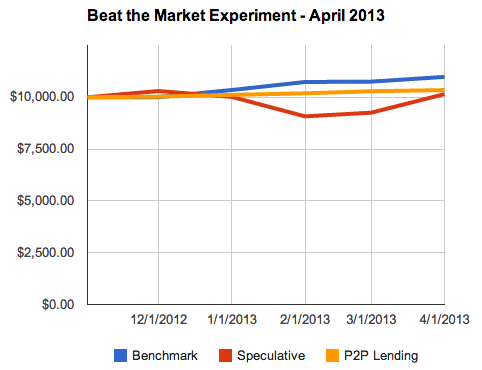
$10,000 Beat-the-Benchmark Speculative Portfolio as of April 1, 2013. Many people speculate with their money, buying and selling stocks now and then, but they rarely track their performance even though they may brag about their winners. Honest tracking is the primary reason for this “no-rules, just make money” account. I am using a TradeKing account for this portfolio as I’ve had an account with them for a while and am comfortable with their low-cost $4.95 trade structure, free tax-management gain/loss software, and free dividend reinvestment. Here is a screenshot taken from my TradeKing home page on 3/31/13 after market close:
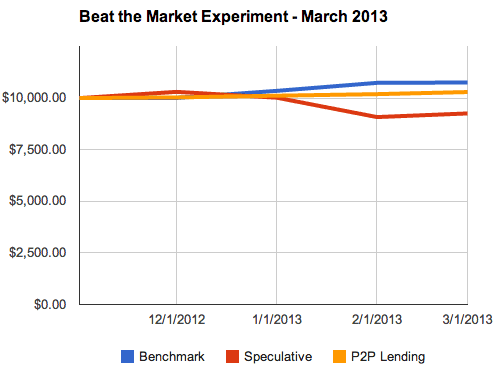
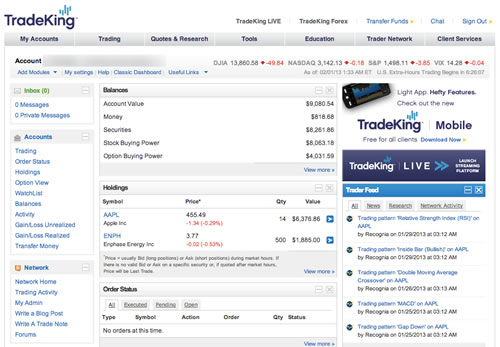

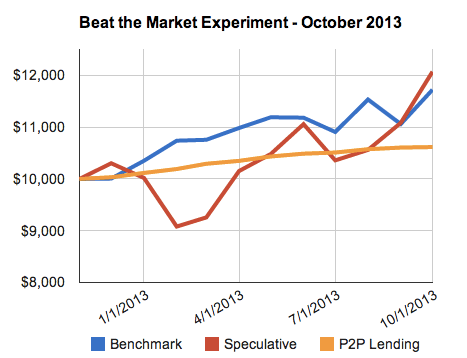
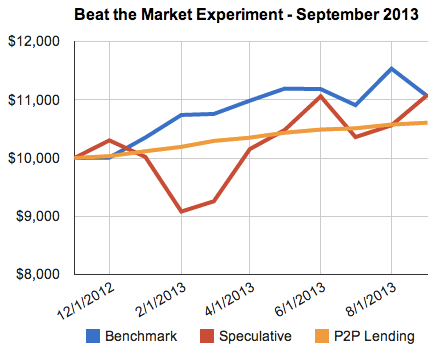
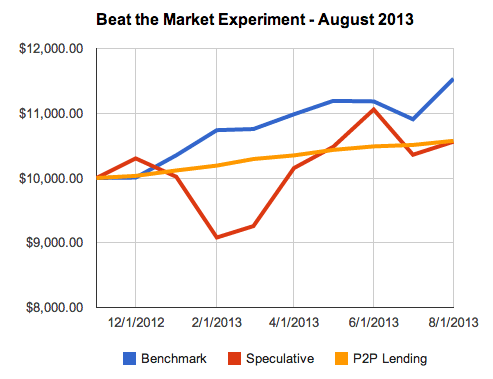
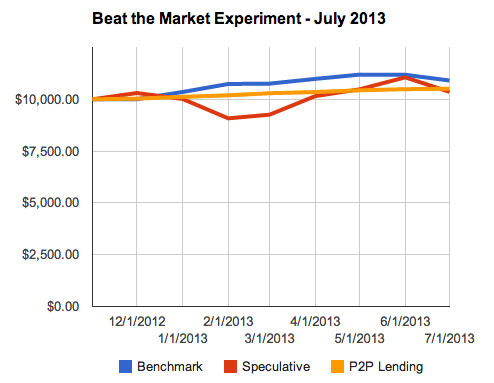
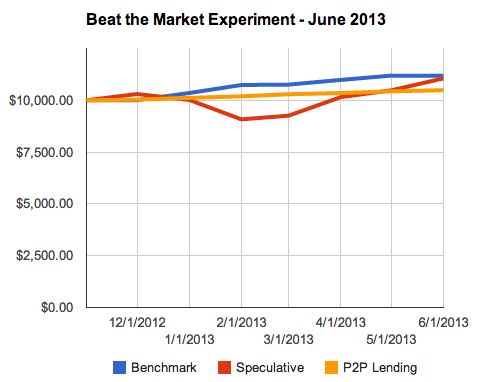
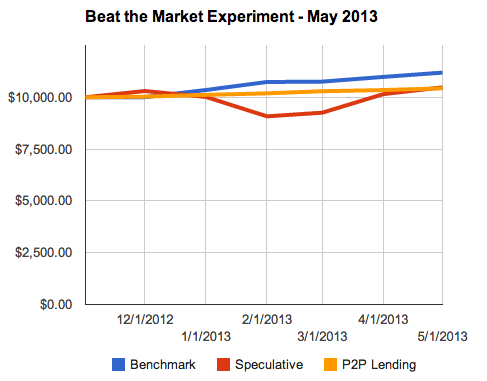
 Over the years, I’ve noticed that people tend to overestimate their own stock-picking prowess – myself included. Especially over longer periods of time, if you’re not tracking things carefully you probably don’t know how well you’re doing on a relative basis. We all tend to remember the winners and forget the losers. The sooner you figure out you’re not Buffett, the sooner you can improve your returns. (Otherwise, the sooner you can start your own hedge fund.)
Over the years, I’ve noticed that people tend to overestimate their own stock-picking prowess – myself included. Especially over longer periods of time, if you’re not tracking things carefully you probably don’t know how well you’re doing on a relative basis. We all tend to remember the winners and forget the losers. The sooner you figure out you’re not Buffett, the sooner you can improve your returns. (Otherwise, the sooner you can start your own hedge fund.) 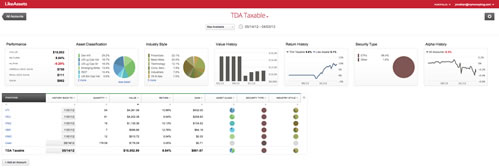
 The Best Credit Card Bonus Offers – March 2024
The Best Credit Card Bonus Offers – March 2024 Big List of Free Stocks from Brokerage Apps
Big List of Free Stocks from Brokerage Apps Best Interest Rates on Cash - March 2024
Best Interest Rates on Cash - March 2024 Free Credit Scores x 3 + Free Credit Monitoring
Free Credit Scores x 3 + Free Credit Monitoring Best No Fee 0% APR Balance Transfer Offers
Best No Fee 0% APR Balance Transfer Offers Little-Known Cellular Data Plans That Can Save Big Money
Little-Known Cellular Data Plans That Can Save Big Money How To Haggle Your Cable or Direct TV Bill
How To Haggle Your Cable or Direct TV Bill Big List of Free Consumer Data Reports (Credit, Rent, Work)
Big List of Free Consumer Data Reports (Credit, Rent, Work)